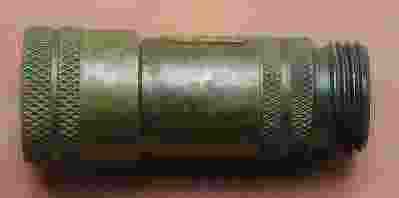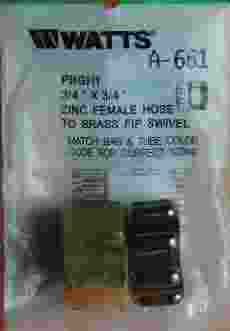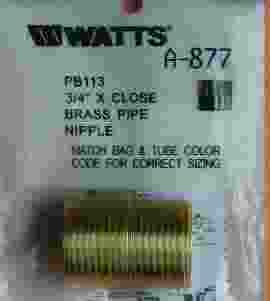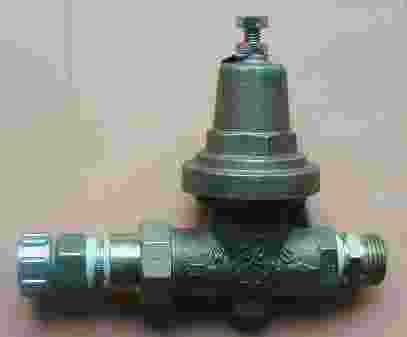Water pressure – a measurement of how much pressure is behind the water pushing it through the pipes. This can be measured by a pressure gauge.
Water flow – how much water is coming out of the hose, faucet or shower head. This can be measured by timing how long it takes to fill some sort of container, usually a one gallon bottle or jug. (Flow is usually expressed in terms of “gallons per minute”.)
To some extent, the amount of water pressure does determine the water flow, but only up to a certain point. Not enough pressure will result in not much water flow. Too much pressure could damage the water lines inside the RV. Although low water flow can make for an interesting shower, too much water pressure is more of a concern.
Most water lines inside an RV are only rated up to 50-60 psi or less. (Check with your RV dealer or manufacturer to find out what yours is rated for.) Every RV’er should be equipped with some sort of water pressure regulator since you never know what the water pressure will be at the campground. There are two basic types.
The inexpensive one, and,
The better one.
The inexpensive one
The inexpensive one you can get at almost every RV parts supply and some Wal-mart’s. They cost about $10-$15, and are pre-set at about 40 psi. Although the inexpensive brass type does a good job of restricting the pressure, it also restricts the water flow a bit. Because they are somewhat cheap, they also don’t last as long as the better ones.

The Better One
The better ones are available from most home improvement stores (like Home Depot or Lowes) or any good plumbing supply store. (Wilkins and Watts are a couple brand-names to look for.) This type of pressure regulator is an “entire household” type of pressure regulator and does a good job of restricting the pressure without restricting the flow. They require additional fittings for the specific application. To use this type of regulator, you would need a male hose fitting and a female hose fitting. Total cost with fittings will be $30-$40 depending on where you buy it. Although these types of pressure regulators are often pre-set to 50 psi, I would suggest purchasing a separate pressure gauge ($10) to make sure, and to make adjustments when necessary.
Below are some photos of the parts you will need. Prices are from Home Depot.
Wilkins Pressure Regulator, $29.88

Watts fittings:
PBGH1, $3.94

PB113, $2.49

A-665, $2.96

The final product, total cost $39.27 plus tax.

ALWAYS use a pressure regulator, even when at home! You never know what the pressure coming from that faucet might be. For example, I didn't know that the water pressure coming from my outside water faucet at home was 90 psi until I was putting in a sprinkler system for my yard several years ago.
Here is a link to a similar web page. The interesting thing on this web page is the chart near the bottom that compares the different types of water pressure regulators this person used. It definitely shows that the household type of water pressure regulator has a better flow of water. Now I haven't done as much testing as this person did, but I did do some.
I attached my hose to the house water faucet (which I already know has more than enough pressure). I screwed my old brass RV pressure regulator on the other end of the hose, screwed my pressure gauge on next and then screwed it into the city water inlet. With the water turned on, my water pressure gauge showed 40 psi just before entering the city water inlet.
At the kitchen sink, I turned the faucet on full and let it run for 1 minute, then shut it off. I used a piece of tape to mark the water line. Then I went back outside and switched the brass RV regulator for the Wilkins regulator and calibrated it for the same 40 psi. Back inside, I drained the sink and repeated the test. This time, the water came to the top of the tape mark I had made previously. That’s a 1” difference in the kitchen sink. I’m sure there would be similar results in the shower, and I’m sure there would be an even greater difference if I bumped the pressure up to 45 or 50 psi, but I was just comparing the flow rate at the same pressure for the two regulators.
No comments:
Post a Comment